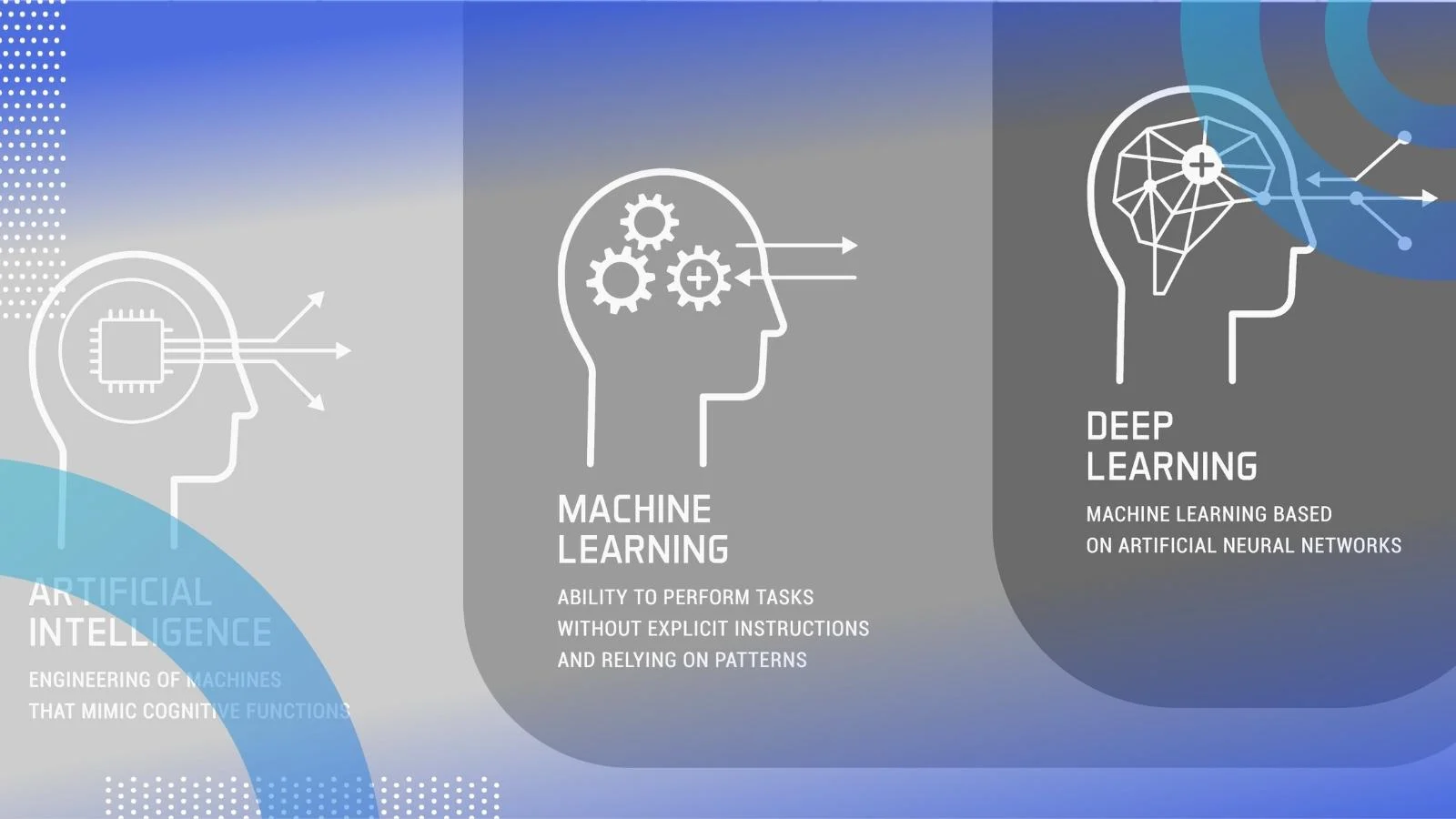The evolution of mobile apps has come a long way from simple click-and-scroll interfaces to immersive, intelligent systems. Today, two of the most groundbreaking technologies — Natural Language Processing (NLP) and Computer Vision (CV) — are converging to redefine user experiences. By combining voice understanding with visual recognition, mobile apps are moving toward a future where interaction feels more human, intuitive, and seamless.
In this blog, we’ll explore how NLP and Computer Vision are being integrated into mobile apps, their real-world applications, benefits, and the challenges that come with this powerful synergy.
Understanding the Technologies
What is Natural Language Processing (NLP)?
NLP is a branch of artificial intelligence that enables computers to understand, interpret, and respond to human language. It powers applications like chatbots, voice assistants (Siri, Alexa, Google Assistant), sentiment analysis, and real-time translation.
What is Computer Vision (CV)?
Computer Vision enables machines to “see” and interpret the world around them using cameras and advanced algorithms. It helps apps recognize objects, faces, gestures, and even emotions. Applications like facial unlock, AR filters, and visual search rely heavily on CV.
When combined, NLP and CV make mobile apps more intelligent, enabling multimodal interactions where apps can see, hear, and understand users simultaneously.
Why Integrate NLP and Computer Vision in Mobile Apps?
- Human-like Interactions
Voice commands supported by visual recognition allow apps to interact more naturally with users. For example, saying “Show me similar shoes to this picture” combines speech with image analysis for a seamless experience. - Improved Accessibility
These technologies together empower users with disabilities. Voice-enabled navigation with real-time visual cues helps visually impaired users interact with mobile apps more effectively. - Personalization at Scale
Apps can analyze speech patterns and visual preferences to deliver highly personalized experiences, from shopping recommendations to content curation. - Enhanced Security
Face recognition (CV) combined with voice authentication (NLP) can create stronger, multi-factor authentication systems.
Real-World Applications
1. Retail and E-commerce
- Voice + Visual Search: A customer can take a photo of an item and say, “Find this in a smaller size,” combining NLP with CV.
- Virtual Try-Ons: Apps use CV for AR fitting rooms while NLP powers voice-guided shopping assistance.
2. Healthcare
- Doctors can dictate symptoms (NLP) while the app analyzes medical images (CV) to assist in diagnosis.
- Patients can use voice queries like “What’s my last blood pressure reading?” paired with real-time visual health reports.
3. Education and Learning Apps
- Students can scan handwritten notes (CV) and ask questions about them (NLP).
- Language learning apps integrate speech recognition with visual object identification for immersive lessons.
4. Travel and Navigation
- Apps that recognize landmarks (CV) and provide voice-based descriptions (NLP) enhance travel experiences.
- For example, Google Lens combined with translation and audio explanations.
5. Social Media and Entertainment
- TikTok and Instagram already leverage AR filters (CV) with voice-driven captions or commands (NLP).
- Content recommendation engines are becoming more intelligent by analyzing both spoken and visual data.
Benefits of Integration
- Frictionless Experiences: Reduces the dependency on typing and manual inputs.
- Accessibility for All: Makes apps usable by a broader audience, including elderly and differently-abled users.
- Time Efficiency: Speeds up searches and actions with natural, multimodal commands.
- Data-Driven Insights: Businesses gain better understanding of customer behavior from voice and visual data combined.
Challenges and Considerations
- Privacy Concerns
Collecting voice and visual data raises questions about user consent, storage, and compliance with regulations like GDPR. - Computational Demands
Running NLP and CV models simultaneously can strain mobile devices, requiring optimization and cloud support. - Accuracy and Bias
AI models need extensive training data to avoid misinterpretation of speech, accents, or diverse visual appearances. - Integration Complexity
Combining NLP and CV requires advanced APIs, frameworks, and careful architectural planning.
Tools and Frameworks Enabling Integration
- For NLP:
- Google Dialogflow
- Amazon Lex
- Microsoft LUIS
- OpenAI GPT-based models
- For Computer Vision:
- OpenCV
- TensorFlow Lite
- PyTorch Mobile
- Apple Core ML / Vision Framework
- Cloud Services:
- AWS Rekognition + Polly
- Google ML Kit
- Microsoft Azure Cognitive Services
These platforms make it easier for developers to embed multimodal AI features into mobile apps.
The Future: Toward Multimodal AI
The integration of NLP and Computer Vision is just the beginning. The future of mobile apps lies in multimodal AI, where voice, vision, gestures, and even emotional cues are combined to create fully immersive digital experiences.
Imagine a future app where you:
- Point your phone at a broken appliance, say “What’s wrong with this?” — and the app identifies the issue, explains it, and books a repair service.
- Or, scan a restaurant menu in a foreign language, say “Read this aloud in English,” and get both visual translation and a natural voice explanation.
Such innovations will blur the boundaries between humans and machines, making digital interactions as natural as real-world conversations.
Final Thoughts
From voice to vision, the integration of NLP and Computer Vision is reshaping mobile app development. These technologies not only enhance usability but also open new doors for businesses to innovate and connect with users in more meaningful ways. As hardware becomes more powerful and AI models more efficient, we can expect a future where mobile apps don’t just respond to clicks and taps — they see, hear, and understand us.
The journey has just begun, and the possibilities are limitless.




